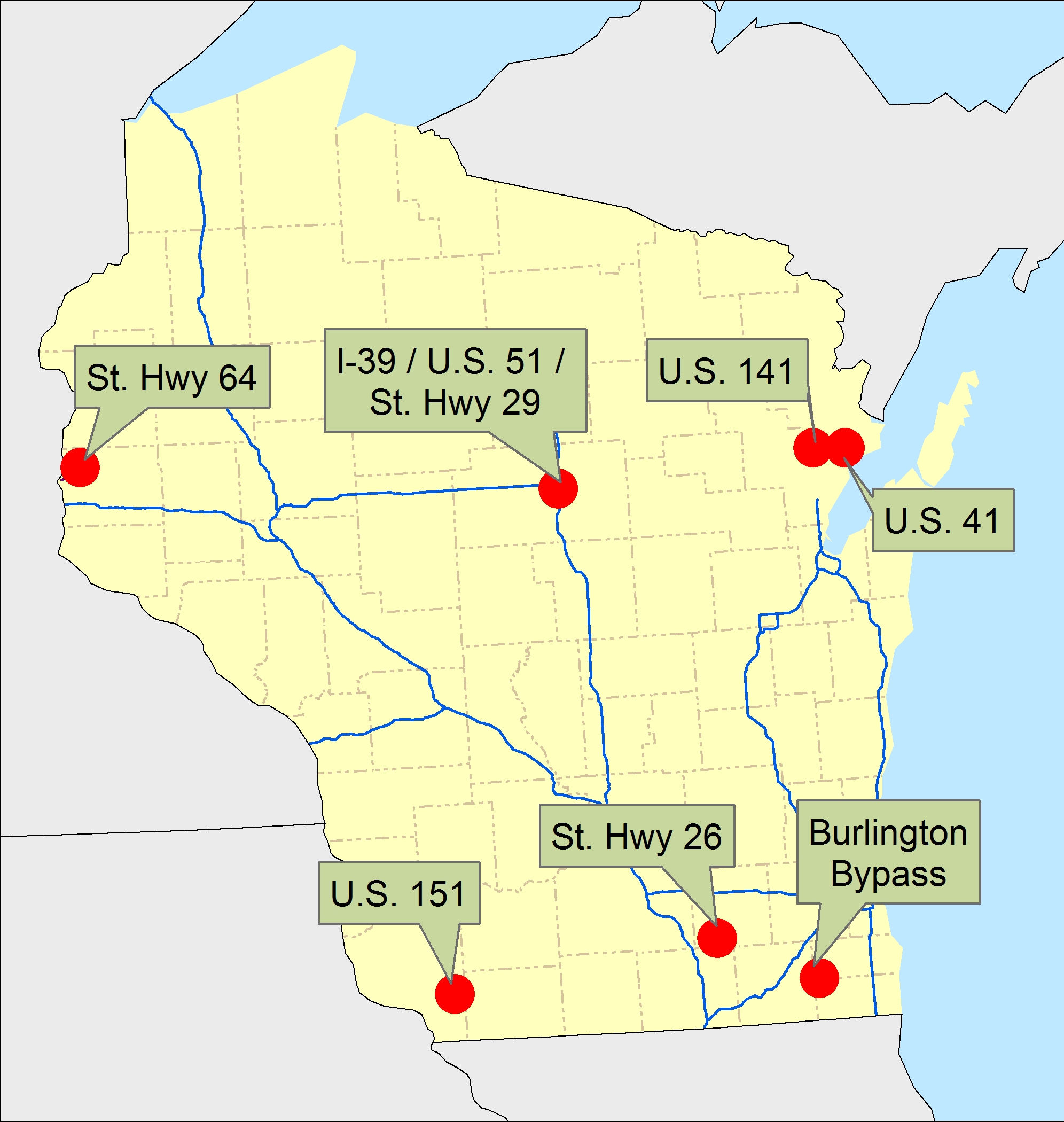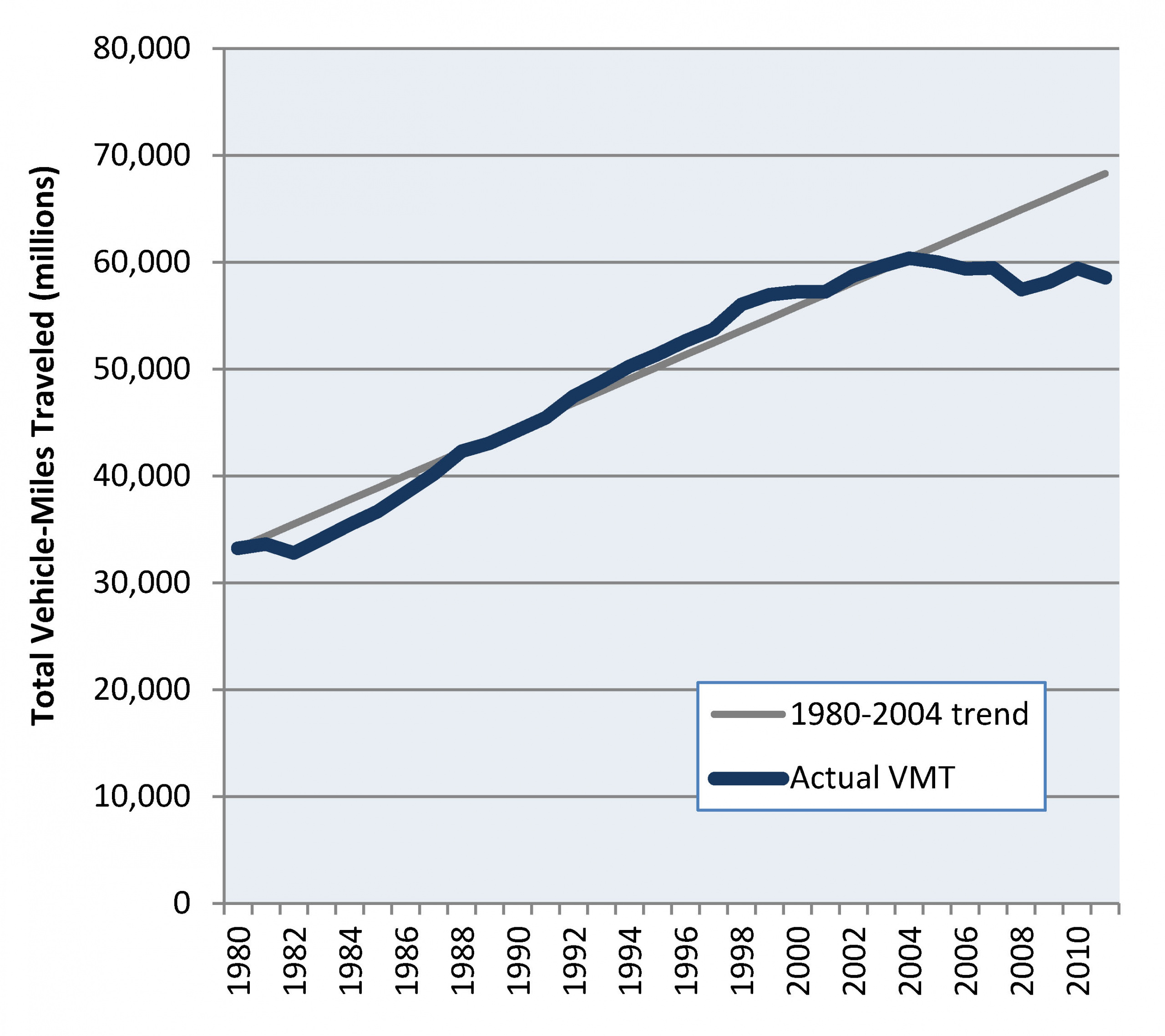Tom Van Heeke
Policy Analyst
Wisconsin’s transportation system is at a crossroads. The state’s roads and bridges are aging and maintenance needs are increasing. Funding for transit service has been slashed . Yet, the state continues to increase spending on highway expansion projects, despite the fact that driving in Wisconsin is on the decline. Road Overkill looks at seven recent highway expansion projects in Wisconsin and finds that traffic has failed on those highways has failed to materialize as transportation planners expected. Before investing hundreds of millions of dollars in even more highway capacity, Wisconsin officials should review those projects to ensure that they are still worthwhile investments in an era of reduced growth in driving.
Policy Analyst
Associate Director and Senior Policy Analyst, Frontier Group
Wisconsin’s transportation system is at a crossroads. The state’s roads and bridges are aging and maintenance needs are increasing. Funding for transit service has been slashed at the same time that demand for transit is rising nationally.
Yet, even with limited resources at its disposal – and amid falling gasoline tax revenues – the Walker administration has chosen to invest massive amounts of money in highway expansion. Starting with the 2011-2013 biennial state budget, Wisconsin has allocated hundreds of millions of dollars in funding for massive freeway expansion and construction projects while cutting state aid for transit and maintenance of locally owned roads, harming local taxpayers, those who choose not to drive, and the increasing numbers of Wisconsinites who are seeking transportation options.
Highway expansion is often justified based on the idea that traffic volumes can go in only one direction: up. Yet, Wisconsinites are actually driving less per capita now than we did in 1997, raising the question of whether massive new highway projects really make best use of our resources.
A review of six highway projects completed across Wisconsin in the last two decades (and one still partially under construction) reveals that traffic on many new roads is failing to materialize as originally projected by the Wisconsin Department of Transportation (WisDOT). Before Wisconsin invests hundreds of millions of additional dollars in highway expansion projects at the expense of other transportation priorities, the state should conduct a thorough review of the need for highway expansion in light of changing trends in driving.
Wisconsin is planning to spend big on highways while squeezing funding for other forms of transportation.
Recent highways built across Wisconsin have failed to attract the level of traffic originally projected by WisDOT – a manifestation of the recent trend toward reduced driving in Wisconsin and nationwide. This report highlights seven projects – representing more than $1 billion in taxpayer investment – where traffic counts are not on pace to match projections.
Figure ES-1. Location of highway construction projects studied in this report

Wisconsinites – like Americans in general – are driving less. The recent, historically unprecedented decline in vehicle travel – coupled with lower-than-anticipated traffic on recently completed roads – calls into question whether massive new investments in highway expansion are justified.
Figure ES-2. Total VMT in Wisconsin, 1980-2011

To protect the public purse and ensure Wisconsinites get transportation infrastructure that meets the needs of the 21st century, Wisconsin officials should:
[i] Ranges represent comparisons of measured versus projected traffic volumes at different locations along a segment of highway. See “Methodology” for more detail.
Policy Analyst
Tony Dutzik is associate director and senior policy analyst with Frontier Group. His research and ideas on climate, energy and transportation policy have helped shape public policy debates across the U.S., and have earned coverage in media outlets from the New York Times to National Public Radio. A former journalist, Tony lives and works in Boston.
